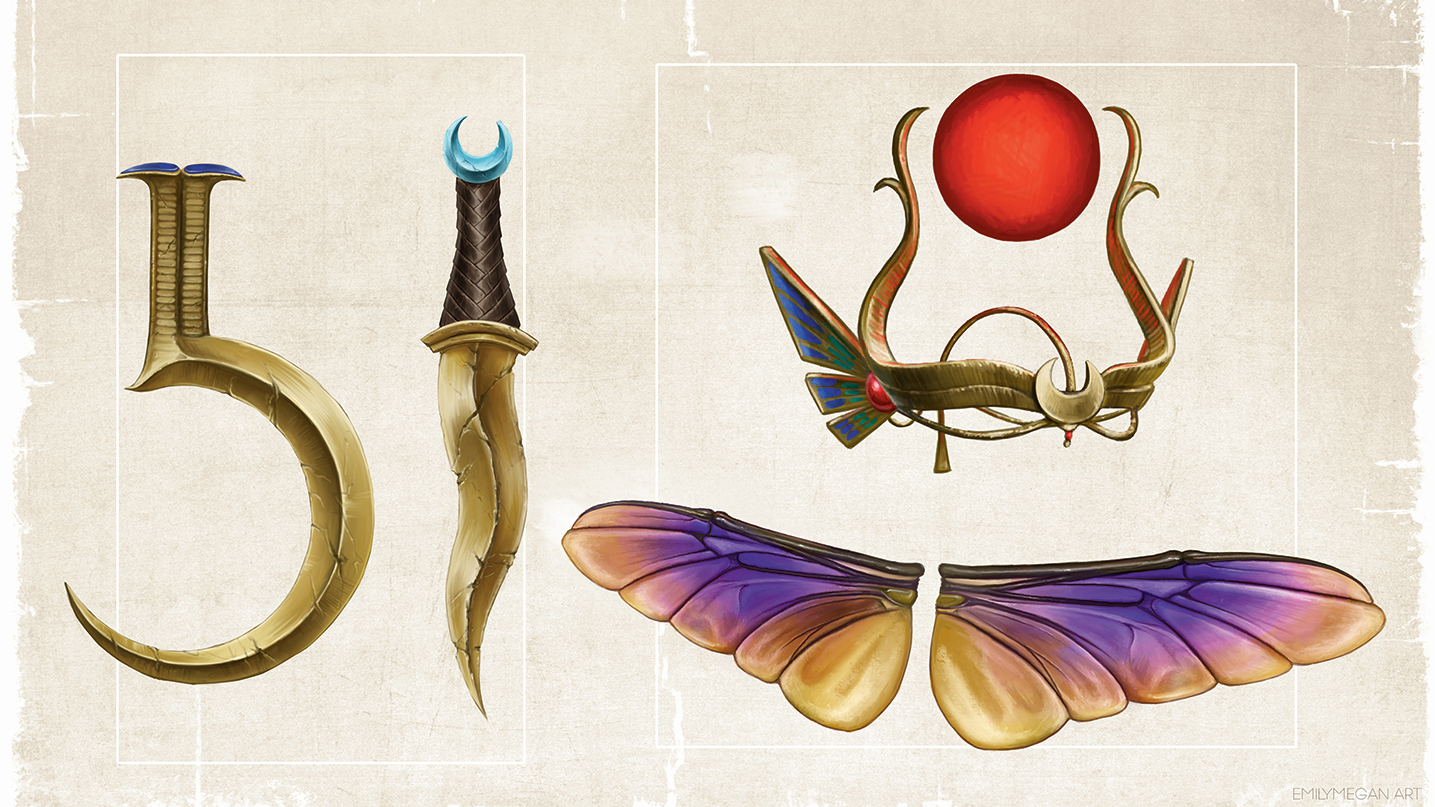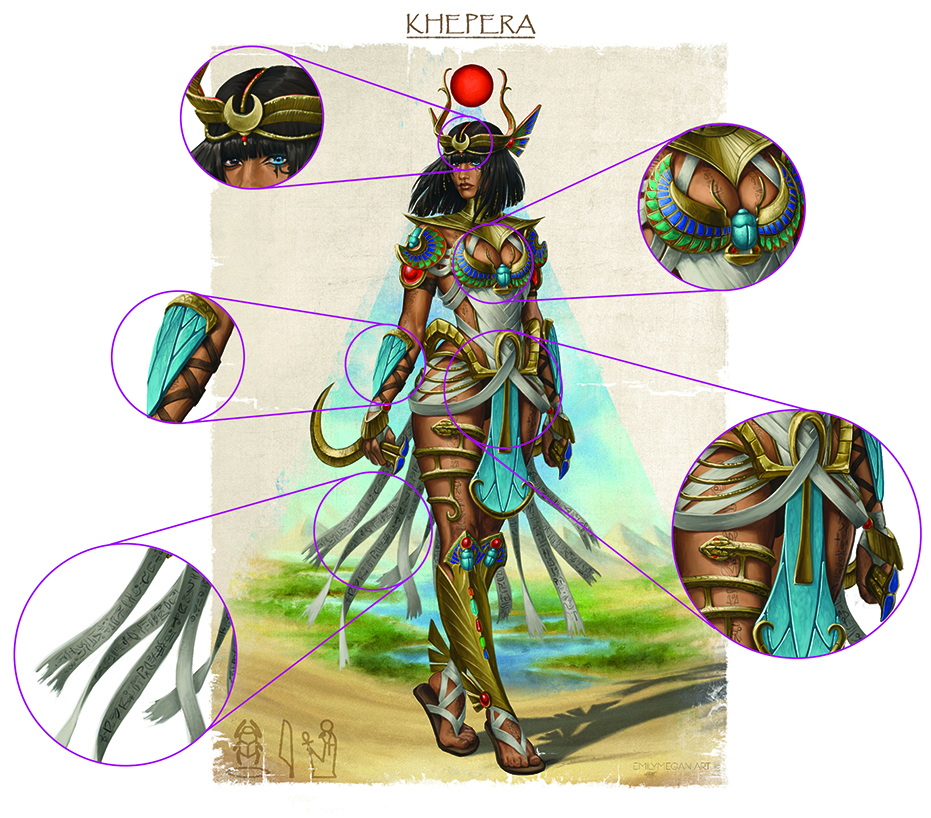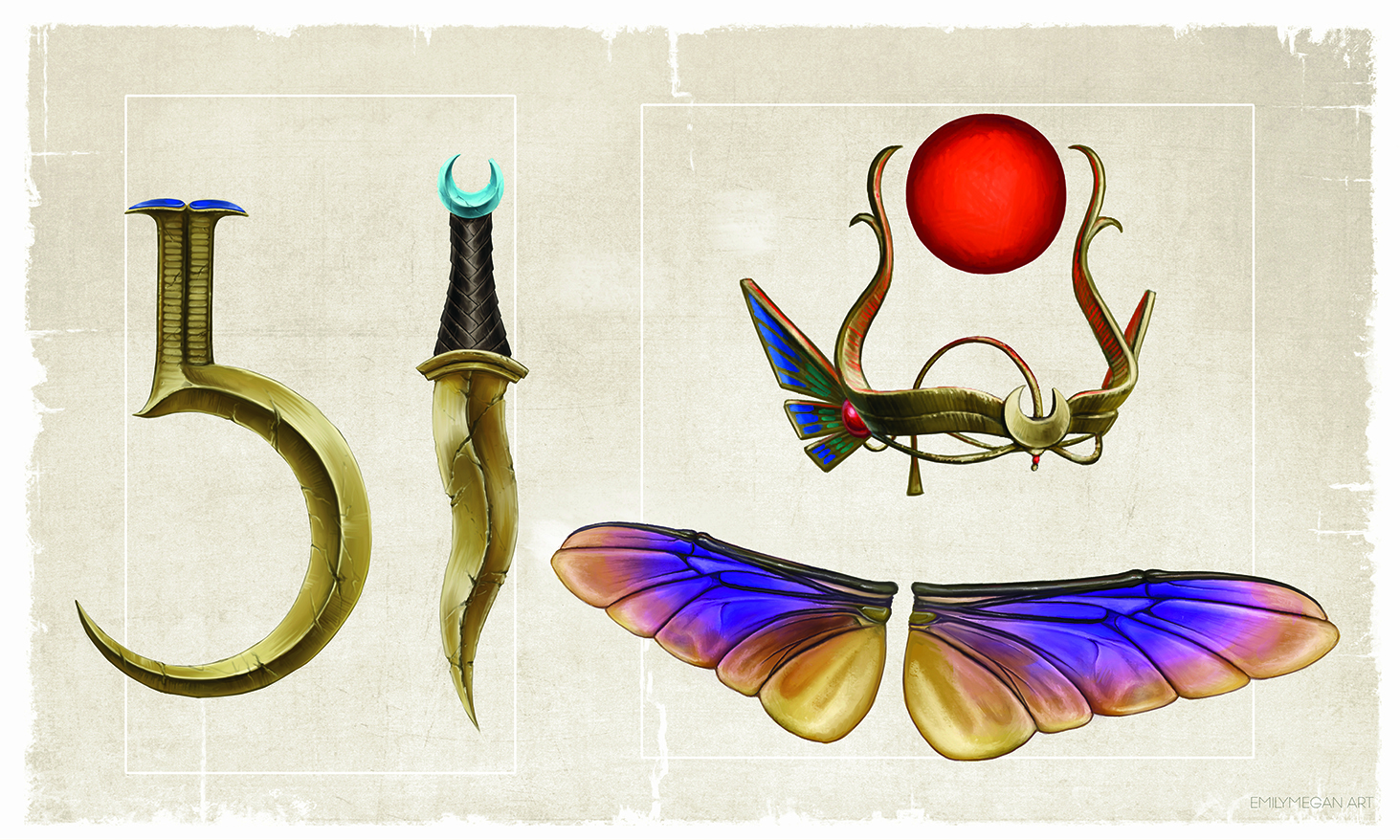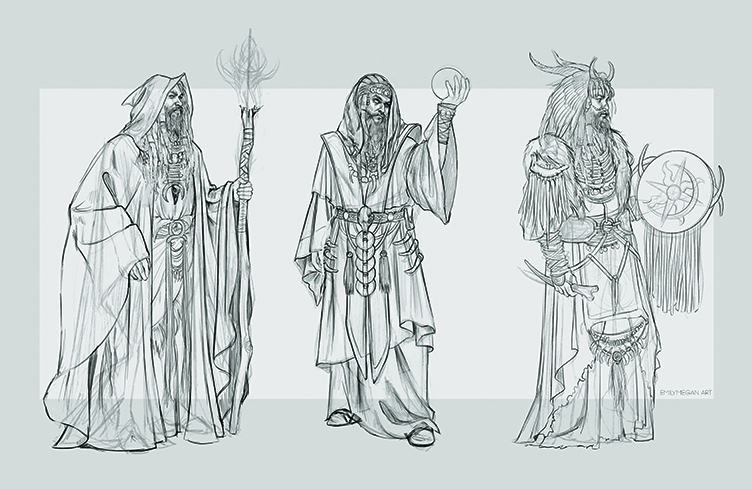
When we think of character design, we often think of the face, body shape, and gestures of the character. But clothing can convey so much important information about their personality, role, culture and station in life.
Here's how I design costumes that create visual interest and help to tell a character's story. If you need new gear to try out these ideas in your own work, see our guides to the best digital art software and the best drawing tablets.
01. Conduct thorough research
A character’s background is crucial to their costume design, so think about their origin, environment and purpose. Explore real-world references to inform creativity and believability.
02. Symbolism and iconography is key

Incorporating symbols and icons in your costume design is vital to conveying a character’s identity and purpose quickly. Both obvious and subtle symbols enhance a design, providing deeper meaning and helping the audience relate to the character in front of them.
03. Mix and match elements
If you’re unsure about a single design from your exploration, try splicing elements from previous iterations to create something new. By selecting parts you like most, you can generate a fresh concept that better aligns with your vision.
04. Add props and accessories

Design exclusive props and accessories that are important to your character’s direction and story. Putting these on display individually can emphasise their role and connection to the character.
05. Explore expressive poses
It’s always handy to include multiple angles, dynamic poses and expressions to show how your character and their clothes move and function within their specific world. Doing so helps both the viewer and any potential 3D modellers understand the character’s overall appearance.
06. Sketch and study fundamentals
Drawing from real life is essential for character design. Studying anatomy, light, shadow and shapes expands your mental library. Focus on key differences, plus tricky jobs like hands and feet.
07. Start with rough ideation

With your brief and research material, begin by getting a feel for your character. Keep your sketching loose, starting with the figure. Consider their silhouette and shapes to build off, then refine.
08. Incorporate the Golden Ratio
In most designs, the golden ratio is often accounted for to ensure balance and visual appeal. Use large, medium and tertiary shapes, and think about areas of rest for balance. Additionally, the golden ratio helps us create strong silhouettes and overall shapes, which will enhance the character’s clarity and impact within our designs.
09. Test out your options
Sketching multiple iterations of a character is valuable practice, as it makes you think creatively while maintaining consistency in core elements and builds the skill of exploring diverse concepts.
10. Vary line weights
Line weighting builds visual hierarchy and improves clarity. Use bold lines to suggest shadow, thicker lines to separate any foreground elements, and finer lines for elements in the distance.
Get more tutorials in ImagineFX
This content originally appeared in ImagineFX magazine, the world's leading digital art and fantasy art magazine. ImagineFX is on sale in the UK, Europe, United States, Canada, Australia and more. Limited numbers of ImagineFX print editions are available for delivery from our online store (the shipping costs are included in all prices).







